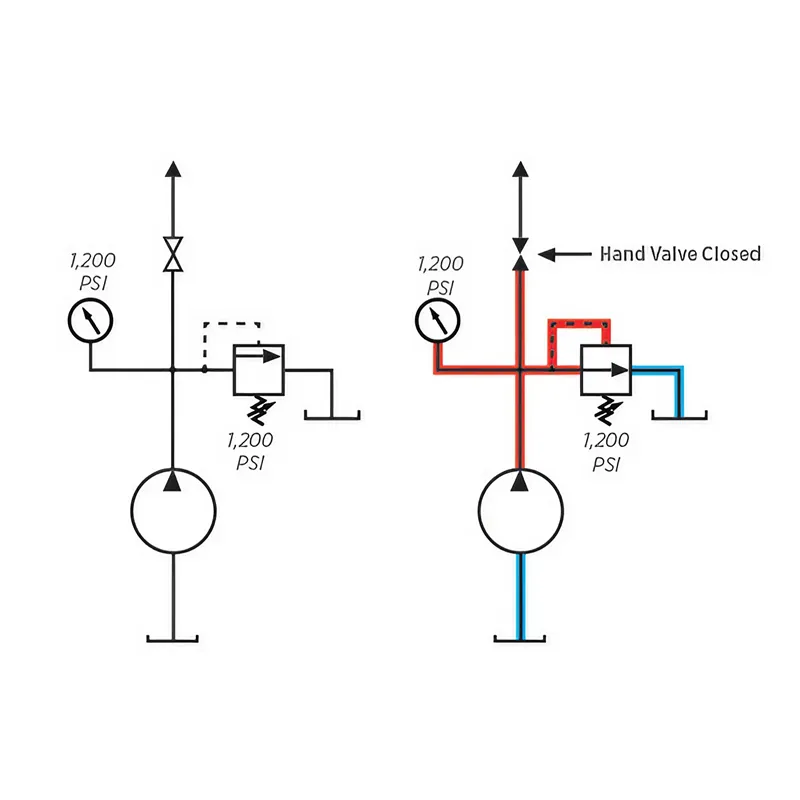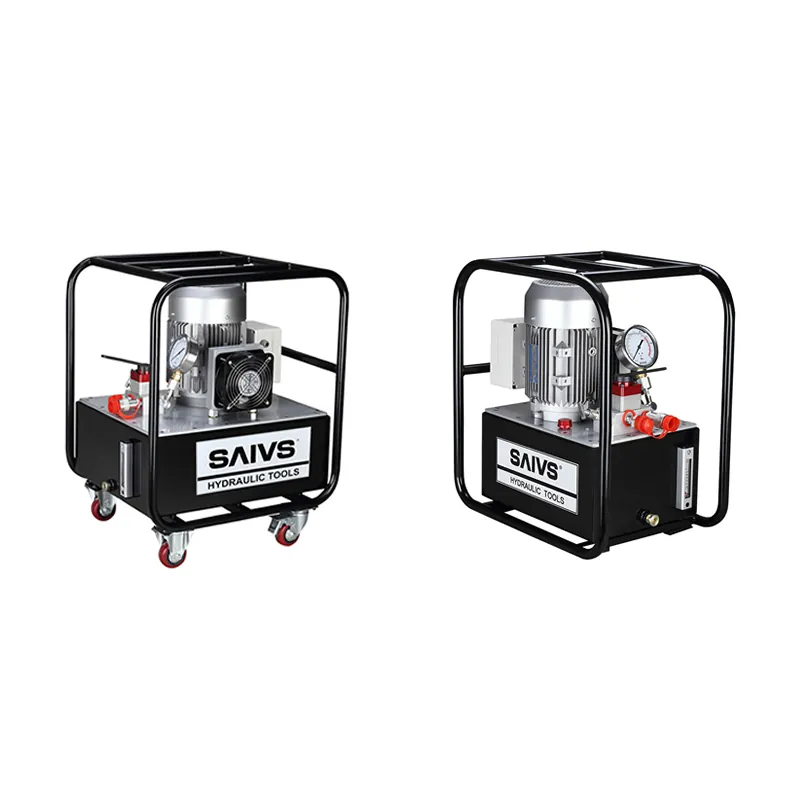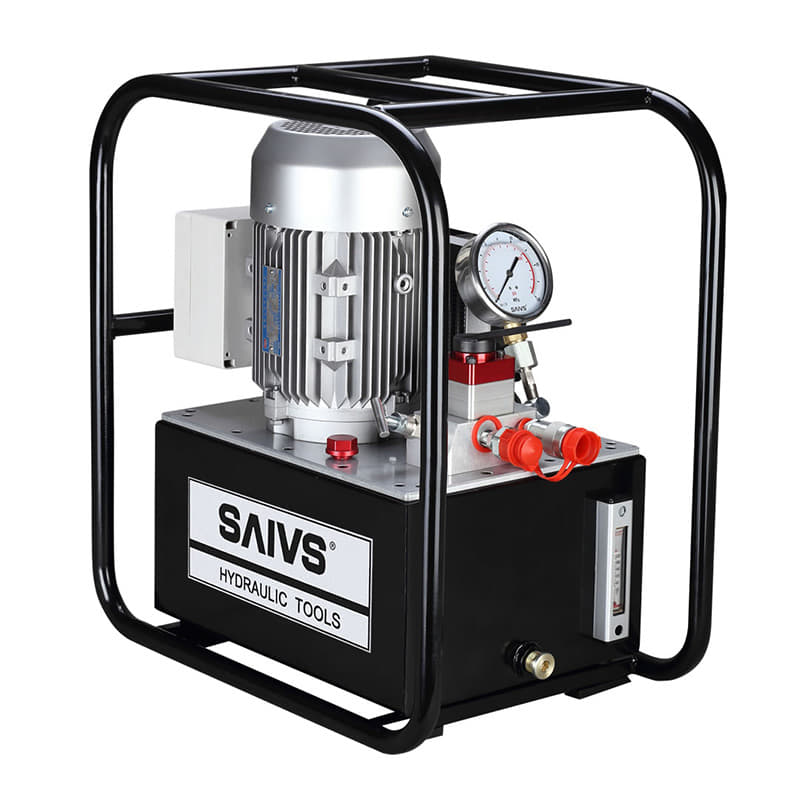A Guide to Troubleshooting and Repairing Hydraulic Pumps
Hydraulic Pump Troubleshooting Q&A
Q: Why is there no pressure on my hydraulic pump?
A: There could be several reasons, including insufficient fluid, air trapped in the lines, worn-out pump components, malfunctioning valves or seals, or mechanical issues.
Q: What is an indication of a faulty hydraulic pump?
A: Signs of a faulty hydraulic pump include loss of pressure or power, unusual noises like whining or grinding, fluid leaks around the pump, and excessive heat generation.
Q: What is the most common cause of hydraulic pump failure?
A: The most common cause is wear and tear of internal components due to prolonged use, leading to issues such as seal degradation, piston or cylinder wear, and contamination of
hydraulic fluid.
Q: What is the first step in troubleshooting a failed hydraulic pump?
A: The first step is to check the fluid level and quality in the Hydraulic System, ensuring there's an adequate amount of clean hydraulic fluid in the reservoir.
Q: How do you diagnose a bad hydraulic pump?
A: Diagnosing involves steps like checking fluid levels, inspecting for leaks, monitoring pressure levels, listening for unusual noises, and assessing overall system performance.
Q: What is the most reliable indication of a faulty hydraulic pump?
A: Loss of pressure or power in the hydraulic system is often the most reliable indication, causing equipment to operate inefficiently or not at all.
Q: What happens when a hydraulic pump fails?
A: It can lead to a loss of power or pressure in the hydraulic system, causing equipment to operate inefficiently or not at all, potentially leading to equipment damage or failure.
hydraulic systems are critical components in various industrial applications, and the proper functioning of hydraulic pumps is essential for their efficient operation.
When faced with hydraulic issues, it's crucial to conduct thorough testing and diagnostics before considering pump replacement.
This article provides a comprehensive guide to troubleshooting hydraulic pump problems.
Visual Inspections:
Before conducting physical tests, perform basic visual checks to assess the condition of the pump:
Ensure the electric motor powering the pump is running smoothly.
Verify if the pump shaft is rotating, despite potential obstructions like coupling guards.
Check the oil level, maintaining it at least three inches above the pump suction to prevent air ingress.
Sound Checks:
Listen for abnormal sounds during pump operation, as they can indicate underlying issues:
High-pitched whining suggests cavitation, caused by insufficient oil volume reaching the pump's suction port.
Knocking sounds resembling marbles rattling indicate aeration, resulting from air entering the pump's suction line.
Cavitation:
Cavitation occurs when air cavities form and collapse within the liquid, leading to pump damage. Common causes include:
High oil viscosity due to low temperature, hinders oil flow to the pump.
Contaminated suction filters or strainers, obstruct oil intake.
Excessive pump speed beyond its rating, preventing adequate oil from filling the suction cavity.
Aeration:
Aeration involves air entering the pump's suction cavity and differs from cavitation. Causes include:
Air leaks in the suction line include loose connections or cracked lines.
Worn shaft seals allow air ingress, especially in fixed displacement pumps.
Low oil levels allow air to enter the suction line and flow into the pump.
Testing Procedures:
After visual and sound checks, perform practical tests to diagnose pump issues:
Isolate the pump and relief valve from the system to assess pressure buildup.
Determine if the problem is volume-related by monitoring the electric motor current and temperature.
Use a flow meter to measure oil delivery if available, comparing it to initial specifications for pump wear assessment.

Additional Checks:
Verify Directional Control Setting
Always ensure that directional controls are set correctly. Sometimes, these controls can be unintentionally changed by maintenance personnel.
Verify the position of manual controls and check the settings of electrically operated solenoid controls. This quick check can prevent unnecessary pump replacements.
Confirm Fluid Flow to the Pump
Check for any restrictions or blockages that may impede fluid flow to the pump, leading to poor performance.
Possible issues include air leaks in the suction line, air present in the pump at startup, insufficient oil supply,
clogged or dirty fluid filters, blocked inlet lines or hoses, and low oil levels in the reservoir.
Verify Motor Rotation
Ensure that the drive motor is turning the pump in the correct direction.
Incorrect installation can lead to mismatched pipe routings between control valves and motors, resulting in a reversed flow direction.
Check the motor rotation and inspect the piping if the direction is incorrect.
Assess Motor Operation
Check if the pump drive motor is functioning properly, generating the required speed and torque.
Misalignment can cause binding of the drive shaft, preventing the motor from turning.
Correct any misalignment and inspect the motor for damage. Overhaul or replace the motor if necessary.
Inspect Pump Coupling
Examine the pump-to-motor coupling for damage. A sheared pump coupling can lead to failure.
Due to the location of some pumps within hydraulic systems, checking the coupling may be challenging, but it's crucial to ensure its integrity.
Examine the Pump Relief Valve
Ensure that the relief valve is adjusted correctly for the pump specifications and application.
Improper adjustment may cause excessive flow to pass over the relief valve, preventing pressure development.
Check for Mechanical Damage
Investigate for seized bearings, pump shaft issues, or other internal damage that may hinder pump operation.
If everything else appears normal, uncouple the pump and motor to check if the pump shaft can turn freely. Overhaul or replace the pump if mechanical issues are found.
Conclusion
Troubleshooting hydraulic pump issues require a systematic approach, beginning with visual inspections and sound checks before proceeding to practical tests. Understanding the
causes of cavitation and aeration, along with proper testing procedures, is essential for the effective diagnosis and maintenance of hydraulic systems. By following these guidelines,
industrial operators can optimize Hydraulic system performance and prevent costly pump failures.
Why Choose SAIVS™ as Your Supplier?
With 20 years of industry experience, SAIVS is a leading Chinese manufacturer of high-quality tools, offering competitive pricing and excellent customer service.We pride ourselves on exceptional quality control, extensive experience, and comprehensive after-sales service.

